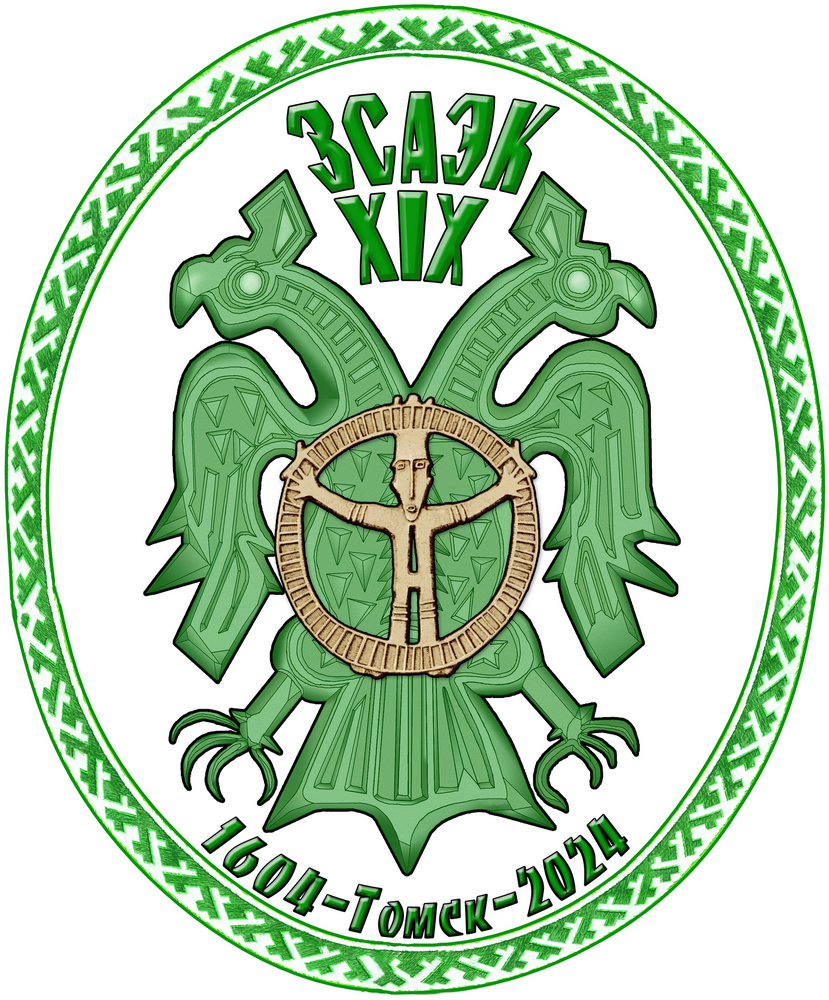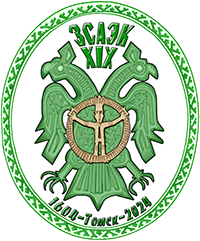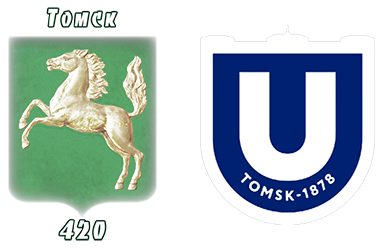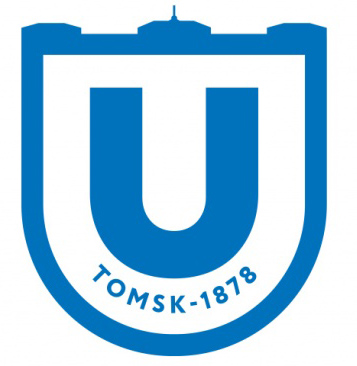Опубликовано пользователем mariakreml@mail.ru
19th International Western Siberian Archaeological and Ethnographic Conference

“Western Siberia in the transcultural space of Northern Eurasia: the results and prospects of 50 years of WSAEC research”
May 16–18, 2024
Tomsk, Russia
Organizers:
National Research Tomsk State University:
Scientific and Educational Center "Institute of Archeology, Ethnography and Physical Anthropology"
Scientific Coordinating Council for Archeology and Ethnography of Western Siberia
Laboratory of Archaeological and Ethnographic Studies of Western Siberia
(Tomsk State University and Institute of Archeology and Ethnography SB RAS)
Department of Archeology and History of Local History, TSU
Museum of Archeology and Ethnography of Siberia
Cabinet of anthropology
|
|
Institute of Archeology and Ethnography of Siberian Branch of the Russian Academy of Sciences (Novosibirsk ) |
|
|
In 2024, the conference celebrates its 54th anniversary in 2024, will be held at the National Research Tomsk State University.
The XIX International ZSAEK is dedicated to the 420th anniversary of Tomsk, the 190th anniversary of Vasiliy Florinskiy - one of the founders of the University, the 300th anniversary of the creation of the Russian Academy of Sciences.
Since the 1970s the Conference has been comprehensive and unites not only archaeologists and ethnographers, but anthropologists and linguists. Conference meetings are general, not divided into sections. An objective basis for the joint work of specialists in all areas is the inclusion of research in the historical context.
The conference will be held in a hybrid format, both on-campus and online participation is available.
The directions of the conference work are:
- Sources and methods for studying intercultural and interethnic interactions;
- Migration of peoples and dynamics of ethnocultural changes
- Historical and cultural development of cities in relation to the development of people and their culture;
- Markers and boundaries in the ethnocultural space of Northern Eurasia and adjacent territories.



